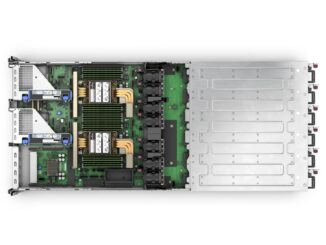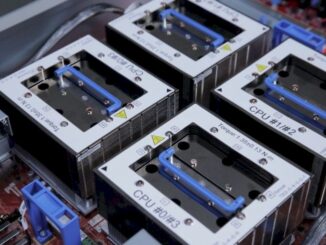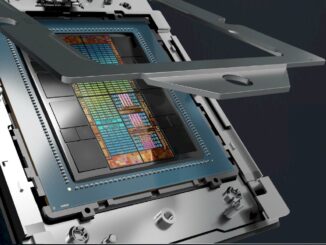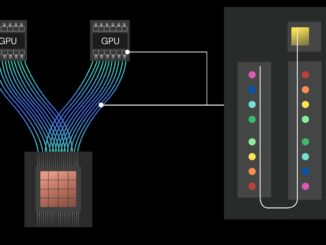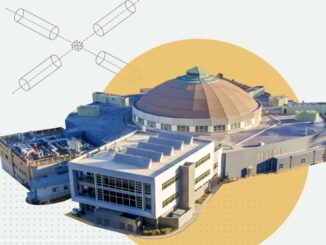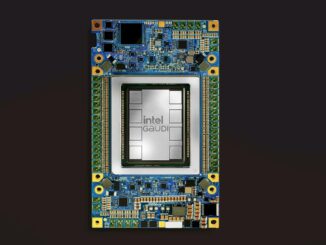
AWS Reaps The Benefits Of The Custom Silicon It Has Sown
When the hyperscalers and cloud builders were smaller and the Arm collective had failed to storm the datacenter and AMD was not yet on its path to resurgence, it was Intel that controlled the cadence of new compute engine introductions into the datacenter. …

